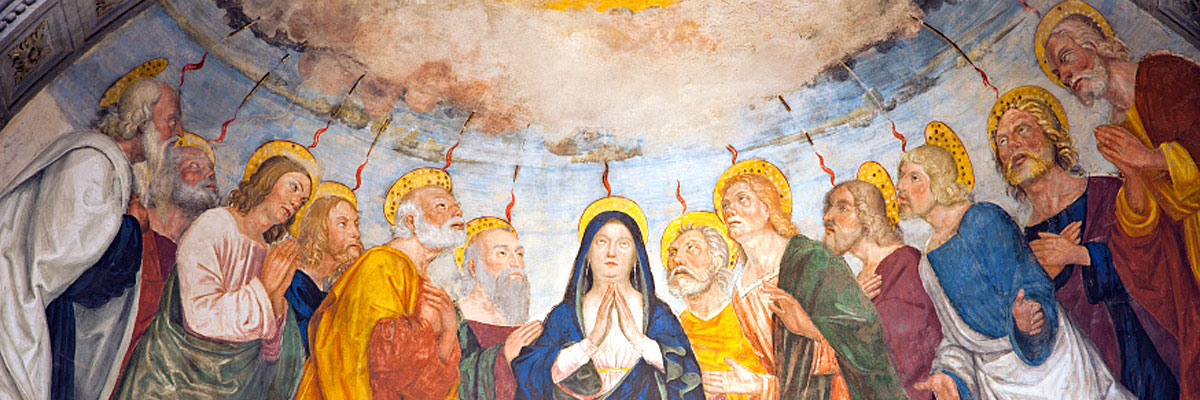
Understanding Our Church
A Treasury of Arkansas Writers Discussing the Catholic Faith
Official Website of the
Catholic Diocese of Little Rock
Like Mary, all ‘hearers of the Word’ should become doers of God’s will
Published: December 20, 2003
By Sister Susan McCarthy, RDC
Eight years ago I attended a talk on Mary at which I was introduced to a statue of the Blessed Mother, titled “Seat of Wisdom.” The statue was striking in its very different depiction of the mother of God. Mary was a much older woman, perhaps a woman in her late 50s, early 60s. She was an attractive woman and a woman who seemed to have experienced quite a lot in her life. She appeared wise and mature.
I think of this Mary as I prepare to celebrate the birth of her son this Christmas. Her first “How can this be?” at the time of the Annunciation (Luke 1:26-38) was surely repeated within her at Jesus’ birth, his first miracle at Cana, his life, death and resurrection and the coming of the Holy Spirit at Pentecost. In all of this Mary remained faithful and obedient.
Her question never implied doubt or disbelief but more a human lack of understanding of the situation. Mary’s hymn of joy and gladness, called the Magnificat from the Latin wording of the first line, was inspired by a similar Canticle or Song of Hannah found in 1 Samuel 2:1-10. Both are believed to be based on an even earlier hymnic tradition in Israel.
The Magnificat (Luke 1:46-55) can easily be divided into two parts: the first (vs. 46-50) is Mary’s reflection on the action of God in her own life; the second (vs. 51-55) moves us from Mary’s experience to seeing how God deals with all humanity.
This prayer, which is proclaimed as part of evening prayer in the Liturgy of the Hours, is a prayer of praise for God’s faithfulness to those in our world who are without power or possessions, the “anawim.” Mary in her “lowliness” is representative of these people (of the past and of the present) who recognize and acknowledge their dependence on God.
The hymn prayer promises a reversal of life situations (God’s little surprise) so that those who are powerful will be “dispersed,” “thrown down” and “sent away empty” while the poor and the powerless will be raised and filled with all good things. All of this happens because of God’s might, God’s mercy and God’s holiness. For all of this, Mary is grateful.
Mary is a wonderful model for us during the Advent season. As we hear the infancy narrative of Luke proclaimed we learn that Mary is one who listens to God’s word and responds obediently and unconditionally to God’s will. “May it be done to me according to your word” (Luke 1:38).
Mary is the first disciple. As such, she invites us to associate ourselves with the “anawim,” the poor. We are to listen through our daily conversations, through newspapers and other media, through our prayer to the ways we are being called as disciples to “lift up the lowly” and to fill the hungry with good things.
The hearers of the Word must also be doers of the Word. Each of us, using our own gifts and talents, must come to know and recognize the lowly among us and become more conscious of their needs. Perhaps we too have our “How can this be?” moments. What can we learn from the life of Jesus’ mother that will help us to be faithful and obedient disciples as she was?



